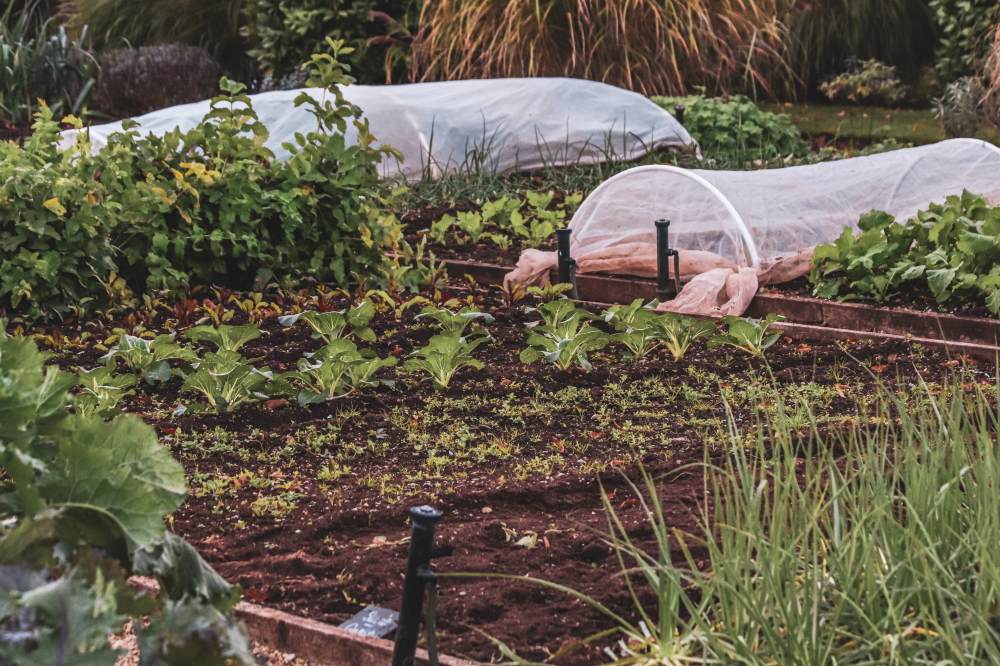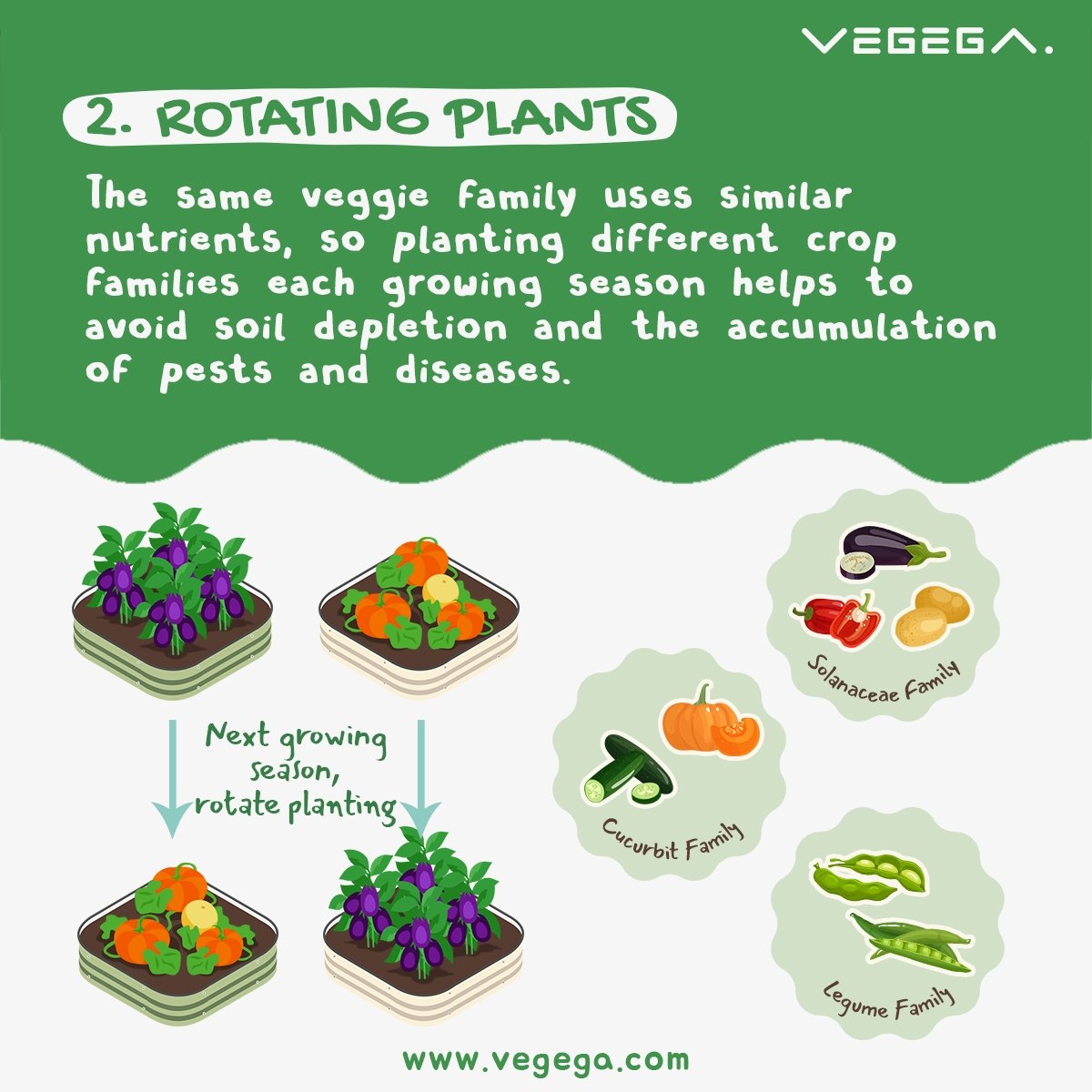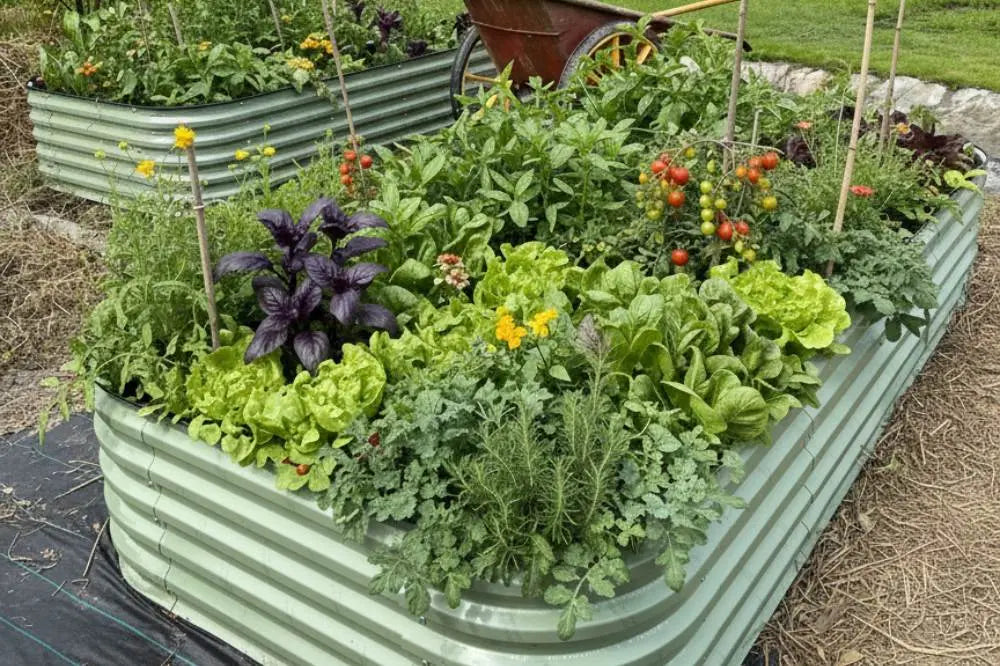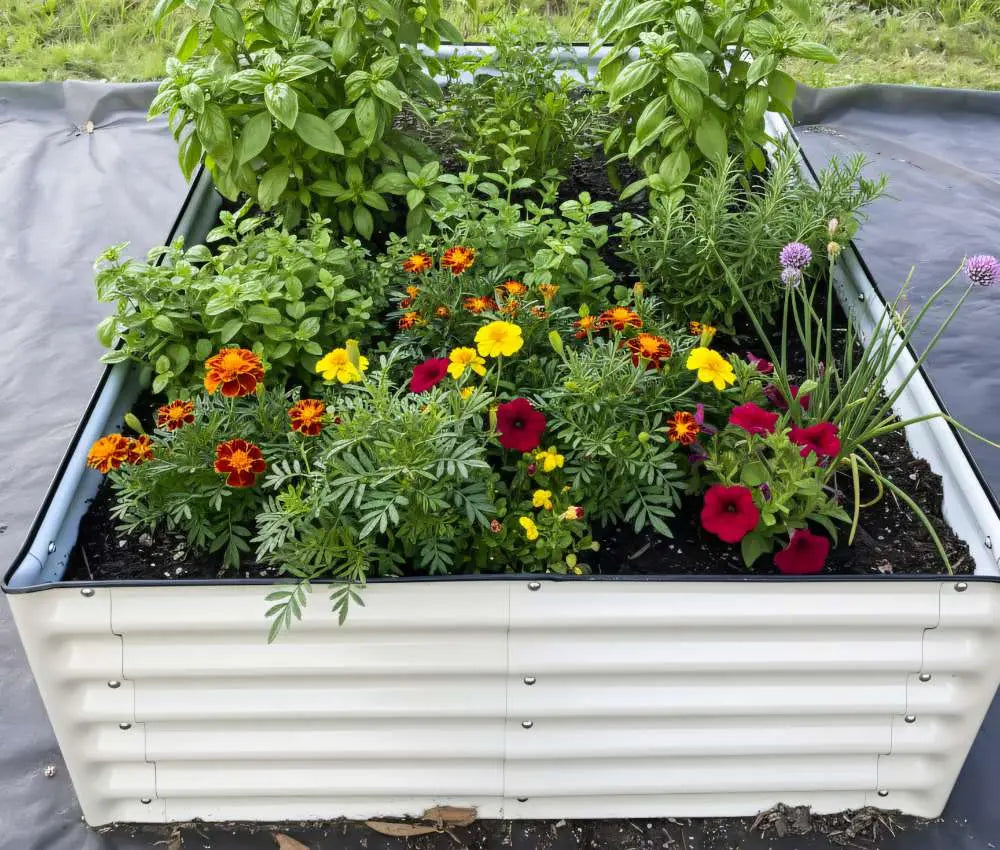5 Effective Ways to Improve Your Soil Structure and Texture
By Faheem Momin
Author bio: Faheem Momin is the editor-in-chief at Web Wise Agency, He loves to write about home improvement techniques.
Every garden has a tale to tell, and the soil is the star of the show, especially in raised garden beds. Its texture and structure are critical to how the story unfolds. If the soil is in good shape, the tale will be one of prosperity and thriving life. But, if the soil is lacking, the tale will be one of hardship and scarcity.
In this piece, we'll explore five ways to boost soil texture and structure. These tricks are good for both the soil and the environment as they encourage sustainable farming. So, let's give your garden a boost by enhancing its soil quality with these time-tested tactics.
Five Ways to Improve Soil Structure and Texture in Raised Garden Bed
1. Composting

Making compost is a simple and dope way to naturally upgrade soil quality. It’s all about breaking down organic matter, such as vegetable and fruit scraps, leaves, grass clippings, and manure, into nutrient-rich humus that you can add to the soil to make it richer and more fertilized.
Making compost is a delicate dance between adding stuff that's high in nitrogen, like leftover food and cut-up grass, and materials that are high in carbon, like dried leaves and straw. You also need to add water and make sure there's plenty of oxygen floating around. The nitrogen-rich materials are like treats for the little microbes that help break everything down, while the carbon-rich stuff gives them the fiber they need to do their job properly.
Also read: The ultimate guide to composting.
How to Make Compost Bin?
To begin making compost, you can either snag a compost bin or just chuck a heap of stuff in your yard. Piling on a mix of nitrogen-fueled and carbon-heavy goods, plus some chunks of soil, and maintaining a damp, airy mound will get the decomposition underway. Best keep the heap at a temperature around 120°F to 160°F by stirring it up to let in air.
When organic matter breaks down, it transforms into humus, which is a dark, crumbly substance that's loaded with useful microorganisms, has a cool earthy scent, and is teeming with goodness. This humus is a real game-changer for soil – you can add it to make the soil more fertile and stronger. For instance, it will enhance the moisture capacity of the soil (which you can check using a soil moisture sensor) and offer plants the nutrients they need.
Composting can be an awesome and imaginative procedure, and there are loads of ways to spice it up. To speed up the decay process, you can chuck in worms and create a worm sanctuary. You can also throw in compostable substances, such as coffee grounds, tea leaves, or eggshells, to provide excellent nutrients to the compost heap.
2. Cover Cropping

Cover cropping is a smart move to keep your soil healthy and safe from extreme weather in your garden beds. This calls for planting crops that aren't supposed to be harvested but merely grown to block soil erosion and nutrient leakage and to fight off other elements that harm the environment.
Usually done in the autumn or winter, cover cropping is continued until the spring or summer, subject to the crop type and the weather conditions of the area. Legumes like clover and peas, along with grasses such as rye and oats, serve as the most widely utilized cover crops.
Legumes are all the rage among farmers because they get down with nitrogen-fixing bacteria to hook plants up with the good stuff. This helps the soil stay fertile and healthy, with the added bonus of extra organic matter to boost it up even more.
Grasses, on the flip side, know how to keep things in their place. Their roots hold the soil tight, helping it keep its nutrients and water. They're the go-to choice for anyone worried about soil erosion or looking for that solid soil structure.
Besides being good for your dirt, cover crops can also spruce up your garden in a fun way.
You can mix and match different types of covers to make vibrant and funky ground decor. Or, if you want to invite some friendly bugs over, you can plant specific covers to lure in bees, butterflies, and ladybugs
3. Mulching

Mulching is another great gardening trick that involves putting a blanket of natural stuff over the dirt. This could be dried leaves, hay, mowed grass, wood chunks, tree skin, fertilizer, or any other natural material. Mulching makes your soil better, stops pesky weeds from growing, and conserves moisture. What things can be used for mulching? Read it here.
4. Crop Rotation

Crop rotation is a timeless farming technique where different crops are grown in the same field during different seasons. The main aim is to enhance soil fertility, prevent erosion and diseases, and preserve soil composition. If growing in metal raised garden beds, the same plant family should rotate to plant in the next growing seasons.
The upside of crop rotation is that it prevents the loss of nutrients from the soil. Various crops require different nutrients; hence, crop rotation allows farmers to keep the soil rich in all necessary nutrients. For instance, beans and peas are legumes that deposit nitrogen back into the soil, helping subsequent crops such as corn or wheat that thrive on nitrogen.
Moreover, crop rotation helps to curb soil-borne diseases. When one cultivates the same crop annually, soil parasites can accumulate in the soil, affecting the crops. By alternating crops, farmers can reduce the chances of soil-borne diseases attacking their plants. For instance, farmers can switch between crops like cucumbers or peppers and tomatoes, which are highly prone to soil-borne illnesses, to minimize the chances of the latter being infested.
5. Soil Aeration

Making sure your soil has good air circulation is super important for keeping it healthy. This means creating pathways for oxygen and water to flow through, which relieves pressure on the soil and helps plants soak up more nutrients. When soil gets packed down, it's harder for things like water and air to move around, and that can make it harder for plants to grow.
Luckily, there are a few ways you can help your soil breathe. There is mechanical aeration, where you use tools to poke holes in the dirt, and biological aeration, which means encouraging tiny creatures in the soil to do the work for you.
But why bother with all this soil aeration stuff? Well, it gives tons of benefits! Plants grow better, water doesn't just run off and erode the dirt away, good microorganisms can thrive, the soil can hold more water overall, there's less chance of diseases affecting the soil, and roots can get to the good stuff easier.
Helping Tools For Soil Aeration
- Soil Moisture Sensor: Using soil moisture sensors can help determine the best time to aerate the soil. These gadgets measure how much water is in the soil, and when the readings change, farmers can figure out when the dirt is dry enough to aerate without packing it down even further. These detectors can also check if soil aeration works by tracking the moisture levels after it's done.
- Earthworms: These little wigglers help make air pockets in the soil as they move through it, which helps aerate the soil. This method is called vermicomposting, where earthworms are added to compost piles to create soil enhancements chock-full of nutrients and with a better texture.
Conclusion
This article talks about five epic ways to level up your soil game: making compost, planting cover crops, rotating your crops, giving your soil some air, and using organic goodies. But keep in mind, every soil is a snowflake, and what works for one might not work for another. So, if you want to be a true soil MVP, you'll need to keep tabs on your soil's needs and make changes accordingly.
After all, farming isn't just about growing crops; it's about making yourself and the planet better. By treating your soil right, you'll not only get yummy produce, but you'll also be doing your part to create a healthier world.
Also read: How To Improve Soil pH In Raised Garden Beds?


